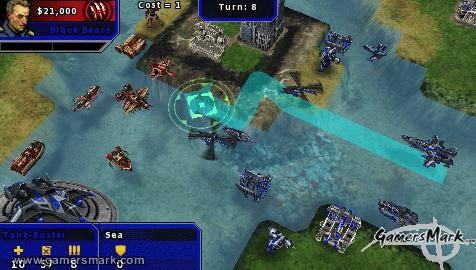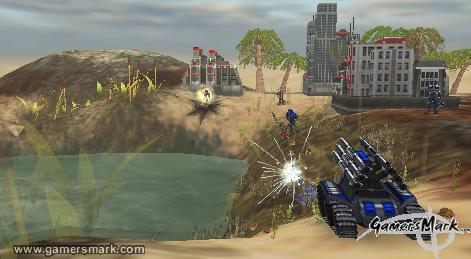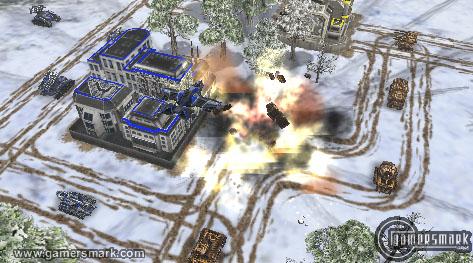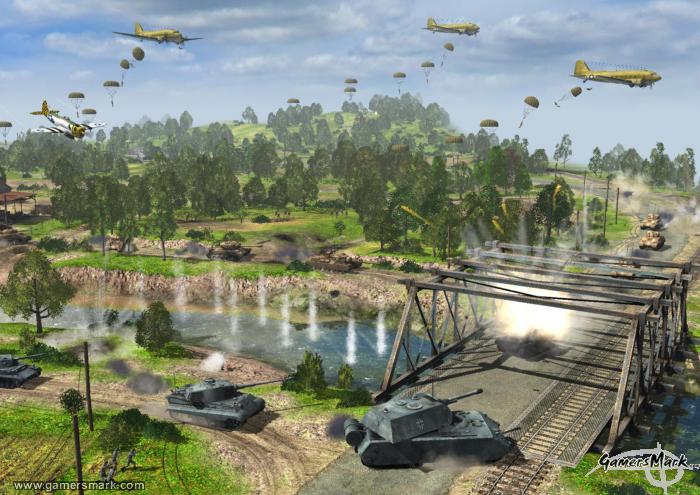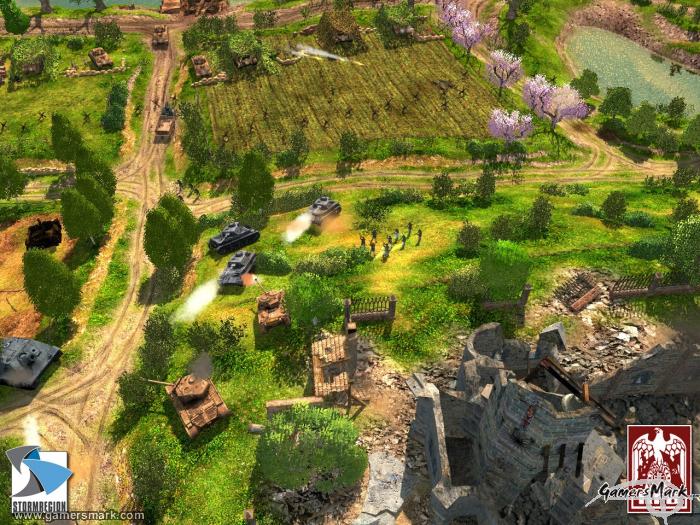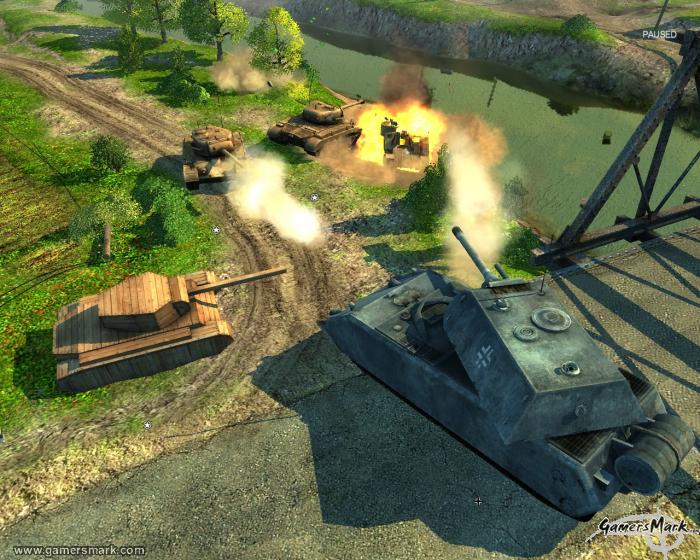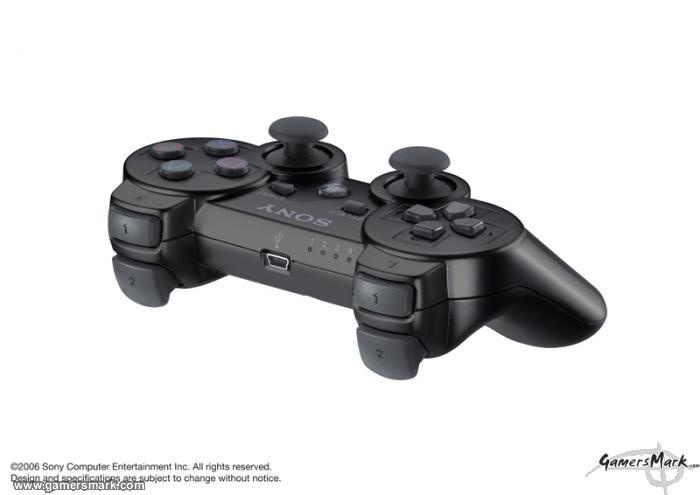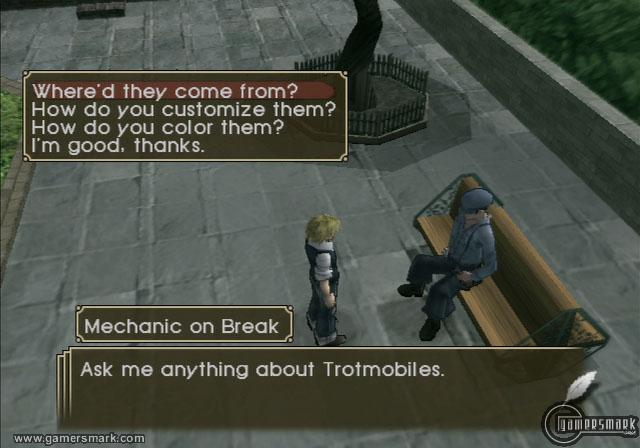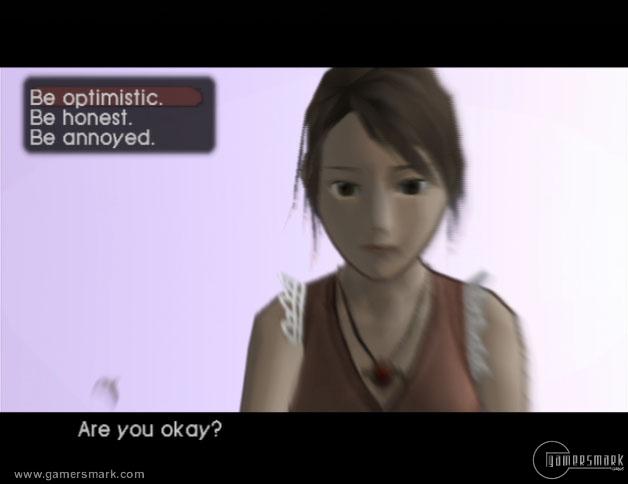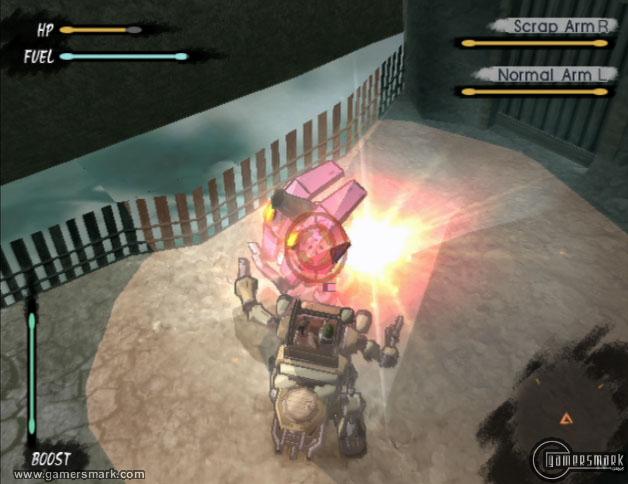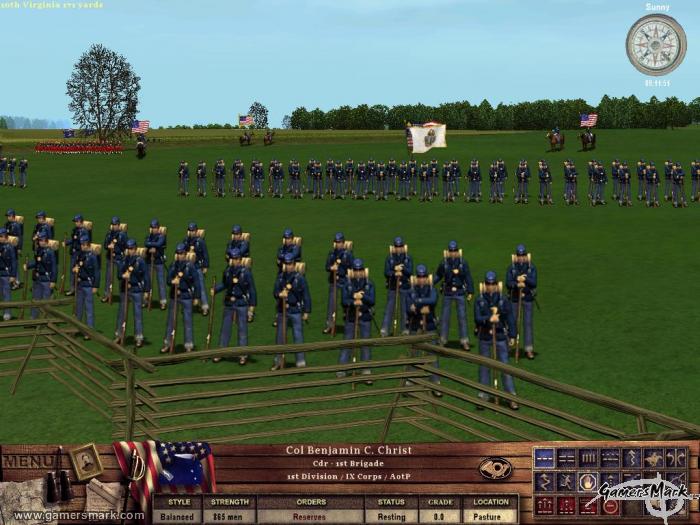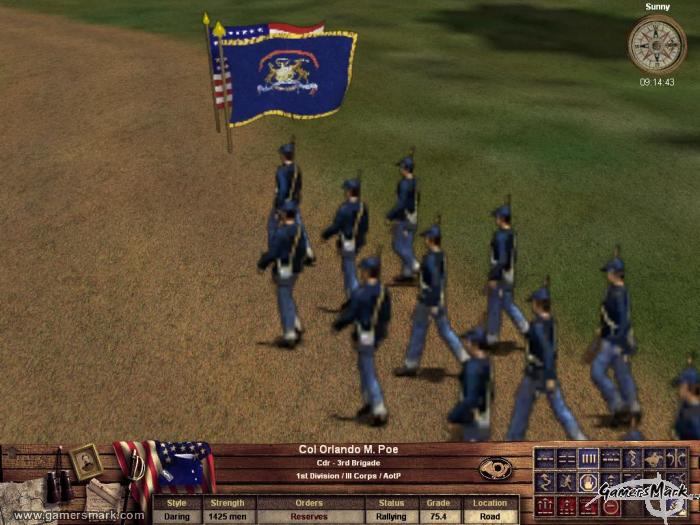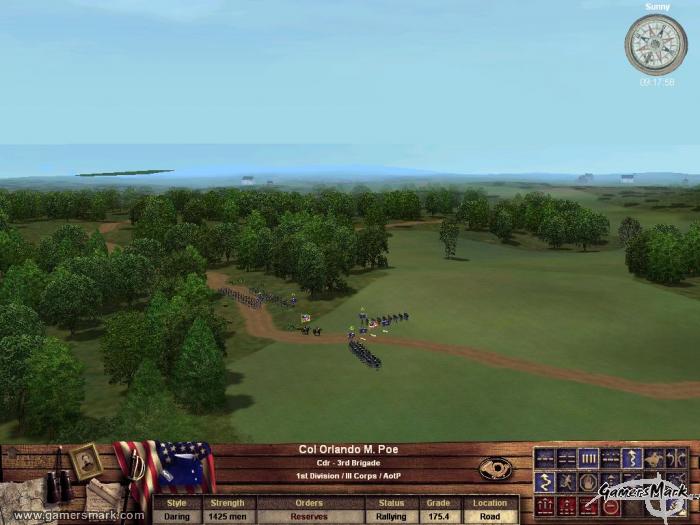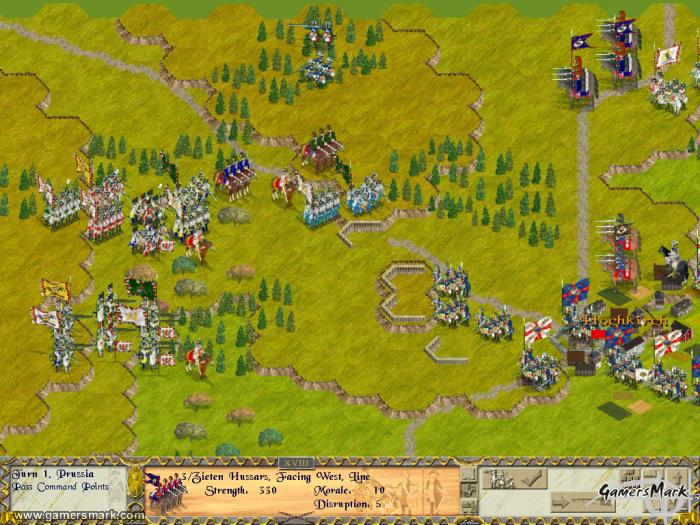Developer/Publisher: Sony Online Entertainment || Overall: 9.3/10
The PSP has proven to be my favorite way to play strategy games. With games like Metal Gear Acid, Metal Gear Acid 2, and now Field Commander, it’s shown me that playing turn-based strategy games on a handheld can be a lot more enjoyable than on a home console. What sets Field Commander apart from the other strategy games I’ve mentioned is that it’s more of a regular strategy game, which prides itself on its gameplay rather than its story. Containing a challenging campaign mode along with online multiplayer play and a random battle mode, Field Commander is the strategy game to have on the PSP.
Field Commander is a very full featured game with a roughly thirty-mission campaign mode that will train you from being a green CO (Commanding Officer) to the savior of the world. The campaign mode’s story starts out with a terrorist organization called Shadow Nation, and through the skirmishes you undertake against their multiple COs, you’ll slowly learn about their fanatical plan that they aim to put in place to destroy the world. The campaign is cleverly designed but overall is not that hard for seasoned strategy gamers. There are a couple of annoying missions sprinkled throughout the game, but they can easily be completed once you figure out what needs to be done.
The game is played with all types of units. Ground, sea, and air units allow for all kinds of strategy to take place. To give you an idea of what units there actually are, there are snipers, tanks, helicopters, stealth fighters, submarines, and battleships to name a few.
Each unit has a weakness and a strength that if you utilize effectively will make you a formidable force on the battlefield. Stealth units are also a major strategic advantage (and disadvantage if used against you). The units that can go into a “stealth mode” are the snipers, concealed tanks, stealth fighters, and submarines. For the snipers and concealed tanks, their range of fire is increased greatly, which allows for major damage of an enemy unit with no counterattack. For stealth fighters and submarines, they are able to creep up on enemy units that normally would be able to destroy them if they weren’t in stealth mode. The major disadvantage for stealth units are their movement speeds – they can only move one square at a time, which not only results in them moving slow but uses up a lot of their fuel.
Fuel and ammo are a very important part of a unit’s upkeep – if they run out of fuel, the unit literally blows up and dies. Without ammo, the unit becomes practically useless. Units can re-supply at towns or if supply trucks are nearby, they can get a more local servicing. Every unit in the game has a maximum of ten HP. If a unit is damaged, they must either go back to a town and heal for a few turns or join with another damaged unit of the same type so the HP can be added on top of whatever unit is being joined. Other times, it might be beneficial to destroy a unit and reacquire a percentage of the funds you spent on creating it and use it on building a new unit at a Factory, Airport, or Seaport.
As you play through missions, you will unlock new COs, divisions, maps, and units to use as you progress through the campaign as well as in the other modes the game has to offer. Which CO you choose doesn’t matter as much as which division you chose. There are a huge amount of unique divisions to choose through, and each have two of their own Division Powers. Division Powers vary but basically fall into three different kinds of categories: unit spawning, attack/defense increase, or damaging an enemy unit. Every time you activate a division’s special power a description will pop up allowing you to understand how to use it effectively.
The battle system for the game is almost perfect. Its fun to play, easy to get a hang of, and doesn’t have horrible load times either. The only bad parts about the game are the times when the enemy takes anywhere from ten to twenty seconds to think about what it should do. Though it doesn’t happen all that often, its still a problem since you’ll just be sitting there looking at a bar constantly fill up and empty to show that the computer is “thinking” about its next moves. Occasionally, you do hit a small load time when you put your cursor over a unit or even when you press the start button, but once it loads the first time, it doesn’t usually require another “loading” pause. Unfortunately the game does have some freezing issues as well. I encountered two freezes later on in the campaign mode, on the more advanced levels, which aren’t particularly that easy, especially when you have to do it again due to the game freezing. The game does offer the ability to save a battle (as long as it’s your turn) so that you can go back to it later, which not only allows you to (hopefully) circumvent any huge damage resulting from a possible freeze but allows you to come back later and play the game from where you left off without having to put the PSP in sleep mode.
The online capabilities for the game are enticing for those who want more after beating the campaign mode. You can check your leaderboard status and see how you compare to other people who play online, in single and multiplayer. Also, you can download a ton of custom missions made by other people on your PC and download them to your PSP. If you’re done with the campaign mode and want to play some more missions, hop onto the Field Commander site and check out all the extra content there is to play.
Field Commander is an awesome PSP game. Though the campaign is a bit short, the alternative modes allow for more game time to be put in. The game packs a lot of value for a portable game, and is well worth a look for any strategy game fan.

